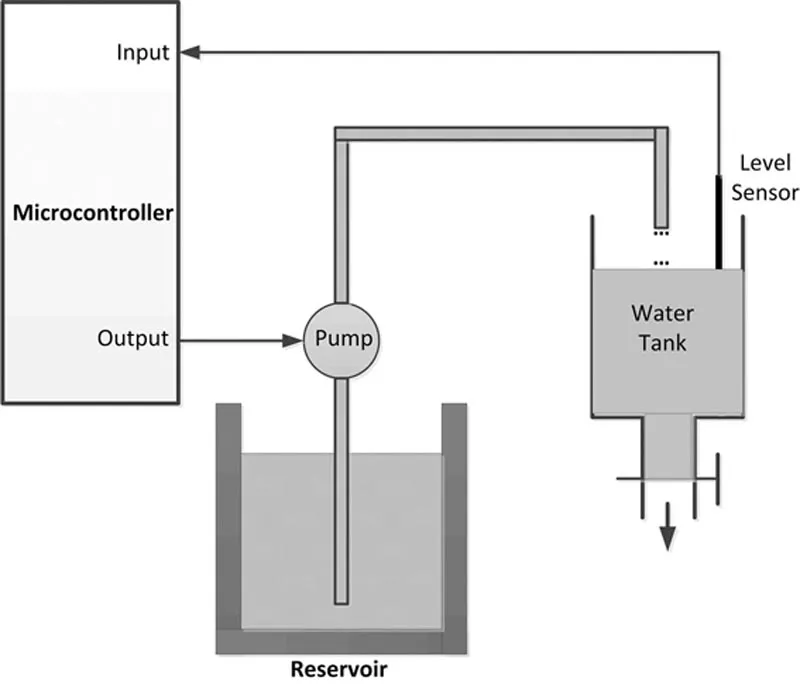
PIC32 Microcontrollers and the Digilent Chipkit
Introductory to Advanced Projects
- 398 pages
- English
- ePUB (mobile friendly)
- Available on iOS & Android
About this book
PIC32 Microcontrollers and the Digilent chipKIT: Introductory to Advanced Projects will teach you about the architecture of 32-bit processors and the hardware details of the chipKIT development boards, with a focus on the chipKIT MX3 microcontroller development board. Once the basics are covered, the book then moves on to describe the MPLAB and MPIDE packages using the C language for program development. The final part of the book is based on project development, with techniques learned in earlier chapters, using projects as examples.Each projectwill have a practical approach, with in-depth descriptions and program flow-charts with block diagrams, circuit diagrams, a full program listing and a follow up on testing and further development.With this book you will learn: - State-of-the-art PIC32 32-bit microcontroller architecture- How to program 32-bit PIC microcontrollers using MPIDE, MPLAB, and C language- Core features of the chipKIT series development boards- How to develop simple projects using the chipKIT MX3 development board and Pmod interface cards- how to develop advanced projects using the chipKIT MX3 development boards- Demonstrates how to use the PIC32 series of microcontrollers in real, practical applications, and make the connection between hardware and software programming- Usage of the PIC32MX320F128H microcontroller, which has many features of the PIC32 device and is included on the chipKIT MX3 development board- Uses the highly popular chipKIT development boards, and the PIC32 for real world applications, making this book one of a kind
Frequently asked questions
- Essential is ideal for learners and professionals who enjoy exploring a wide range of subjects. Access the Essential Library with 800,000+ trusted titles and best-sellers across business, personal growth, and the humanities. Includes unlimited reading time and Standard Read Aloud voice.
- Complete: Perfect for advanced learners and researchers needing full, unrestricted access. Unlock 1.4M+ books across hundreds of subjects, including academic and specialized titles. The Complete Plan also includes advanced features like Premium Read Aloud and Research Assistant.
Please note we cannot support devices running on iOS 13 and Android 7 or earlier. Learn more about using the app.
Information
Microcomputer Systems
Abstract
Keywords
1.1. Introduction
1.2. Microcontroller Systems



Table of contents
- Cover
- Title page
- Table of Contents
- Copyright
- Preface
- Acknowledgments
- Chapter 1: Microcomputer Systems
- Chapter 2: PIC32 Microcontroller Series
- Chapter 3: PIC32 Microcontroller Development Tools
- Chapter 4: The Cerebot MX3cK (chipKIT MX3) Development Board
- Chapter 5: The MPIDE Programming Environment and Programming in C
- Chapter 6: Microcontroller Program Development
- Chapter 7: Simple chipKIT MX3–Based Projects
- Appendix: Using the MPLAB IDE with the chipKIT Pro MX7 Development Board
- Index